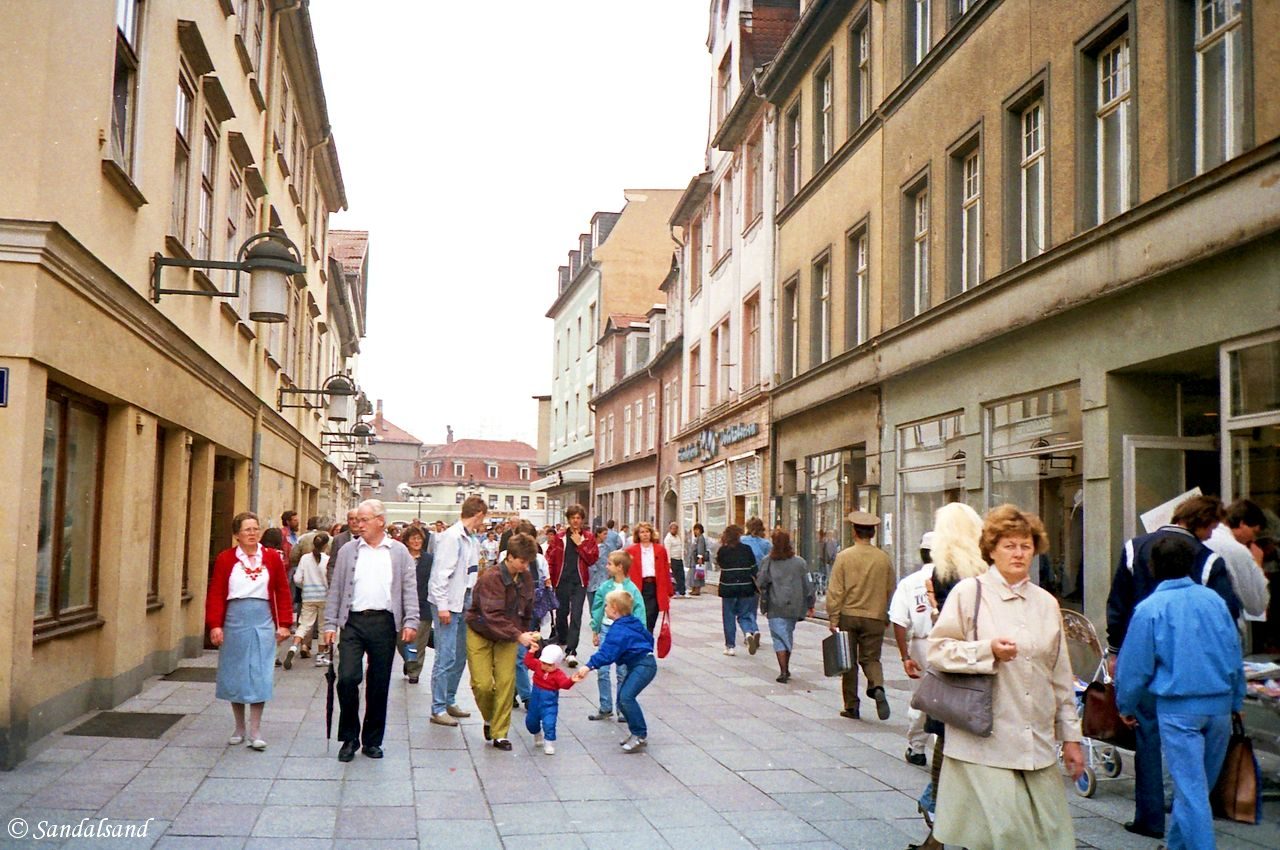Classical Weimar is a pleasant place to visit, and historically important in the cultural development of Germany – and Europe.
The UNESCO World Heritage List includes more than a thousand properties with outstanding universal value. They are all part of the world’s cultural and natural heritage.
Official facts
- Country: Germany
- Date of Inscription: 1998
- Category: Cultural site
UNESCO’s World Heritage Centre’s short description of site no. 846:
“In the late 18th and early 19th centuries the small Thuringian town of Weimar witnessed a remarkable cultural flowering, attracting many writers and scholars, notably Goethe and Schiller. This development is reflected in the high quality of many of the buildings and of the parks in the surrounding area.”
My visit
In retrospect I regret that we didn’t visit that other Heritage site in Weimar, the Bauhaus architecture. I did not know of it. Instead we did appreciate the classical centre and I wrote that “the centre of town is nicer than we expected from reading the guidebook.”. This shows of course that a traveller does need a good guidebook on the way, especially going from place to place as we did on our Interrail journey in 1990.
In any case, there is more from my visit to Classical Weimar.
“Weimar is from history known as the main site of the German democratic experiment between the world wars, and between the emperor and the dictator. The city had however a more glorious past closely tied to the development of the German enlightenment and the Weimar classicist writers Schiller and Goethe. All that was not really the main reasons for coming here.
Buchenwald, the former concentration camp, is right outside the town. We also went there, and had a strong experience.”
Browse to the PREVIOUS or NEXT post.


